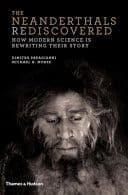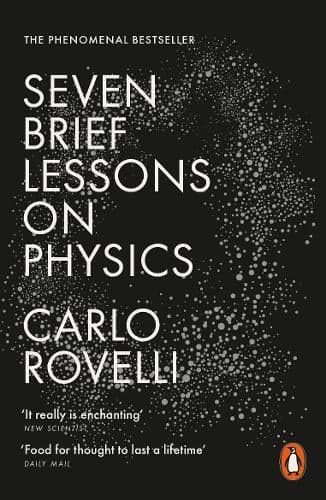
The Neanderthals Rediscovered:
How A Scientific Revolution Is Rewriting Their Story
There is a little Neanderthal in all of us
Author: Dimitra Papagianni and Michael Ari Morse
Publisher: Thames & Hudson Ltd
Published: January 2013
DIFFICULTY
intermediate
PAGES
256
READ TIME
≈ 360 mins
DIFFICULTY
intermediate
PAGES
256
READ TIME
≈ 360 mins
About The Neanderthals Rediscovered
What if Neanderthals weren’t primitive brutes but inventive, resilient humans? This book shows how two decades of archaeology, ancient DNA, and razor‑sharp dating overturn the caricature.
Papagianni and Morse braid cave floors and genomes to trace Neanderthal origins, journeys, and daily lives: finely made stone tools, coordinated big‑game hunts, care for the injured, and hints of symbolism in pigments and feathers. They pinpoint the meetings with Homo sapiens, map the genes that crossed between us, and argue that climate whiplash, tiny populations, and demographic bad luck mattered more than any built‑in deficit.
Clear about what evidence can and can’t prove, it shows how a single layer of sediment—or a fragment of genome—can redraw a timeline. The Neanderthals Rediscovered reframes what counts as “human”, and it’s part of your own ancestry.
What You'll Learn
- How archaeology and genetics reshaped Neanderthal history
- Neanderthal evolution, migrations, and lifeways across Ice Age Europe
- Neanderthal technological, cultural, and social sophistication
- Key method such as dating, ancient DNA, isotopes, and site taphonomy
- Competing explanations for Neanderthal disappearance
- The dynamic, self-correcting nature of paleoanthropological science
Key Takeaways
- Neanderthals were skilled, adaptable humans
- Genetics confirms interbreeding with Homo sapiens
- Climate and demography steered their decline
- Advanced tools and social life
- A continually revised narrative
More in natural-science











